Portrait photography is more than simply pointing a camera at a person. It’s about creating a connection, telling a story, and capturing emotions. For beginners, the world of portrait photography may seem overwhelming, but with guidance and practice, anyone can create stunning and meaningful portraits.
This comprehensive guide will walk you through everything you need to know to start your journey in portrait photography. From understanding the basics to mastering creative techniques, this blog covers it all in detail, helping you transform your snapshots into impactful works of art.
1. What Is Portrait Photography?
Portrait photography is the art of capturing the personality, essence, and emotions of an individual or group through a photograph. Unlike other genres, portrait photography focuses on the subject as the primary element, using lighting, composition, and expressions to convey their story.
1.1 The Purpose of Portrait Photography
Portraits serve various purposes, including personal keepsakes, professional branding, artistic expression, and even storytelling. A well-captured portrait connects the subject with the viewer, creating an emotional impact.
1.2 Types of Portrait Photography
Portrait photography encompasses various sub-genres, each with its unique style and approach:
- Traditional Portraits: Focus on formal poses and classic compositions.
- Candid Portraits: Capture natural expressions and unposed moments.
- Environmental Portraits: Highlight the subject in their natural environment, like a chef in their kitchen or an artist in their studio.
- Creative Portraits: Experiment with lighting, props, and post-processing to achieve artistic results.
2. Equipment You Need to Get Started
Investing in the right equipment helps elevate your portrait photography. While you can start with a smartphone, having dedicated tools makes a significant difference in quality.
2.1 Choosing the Right Camera
A DSLR or mirrorless camera is ideal for portrait photography due to its manual settings and superior image quality. Look for cameras with:
- A large sensor for better depth of field.
- High-resolution capabilities for detailed portraits.
- Interchangeable lenses for versatility.
2.2 Lenses for Portrait Photography
Portrait photography thrives on lenses that offer excellent background separation and flattering perspectives. Popular options include:
- Prime Lenses: A 50mm f/1.8 or an 85mm f/1.4 lens provides stunning depth of field and sharpness.
- Zoom Lenses: A 24-70mm f/2.8 lens offers versatility for different framing styles.
2.3 Lighting Equipment
Natural light is a beginner-friendly option, but artificial lighting allows for more control. Consider:
- Reflectors: To bounce natural light onto the subject’s face.
- Softboxes: For diffused and even lighting.
- Ring Lights: To achieve flattering, shadow-free portraits.

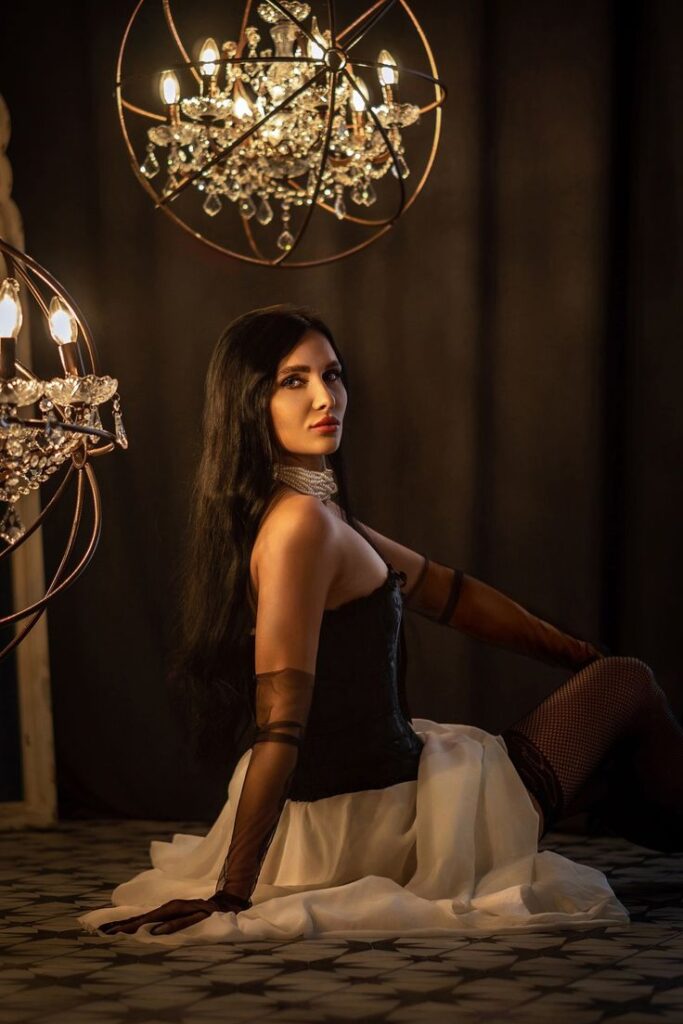
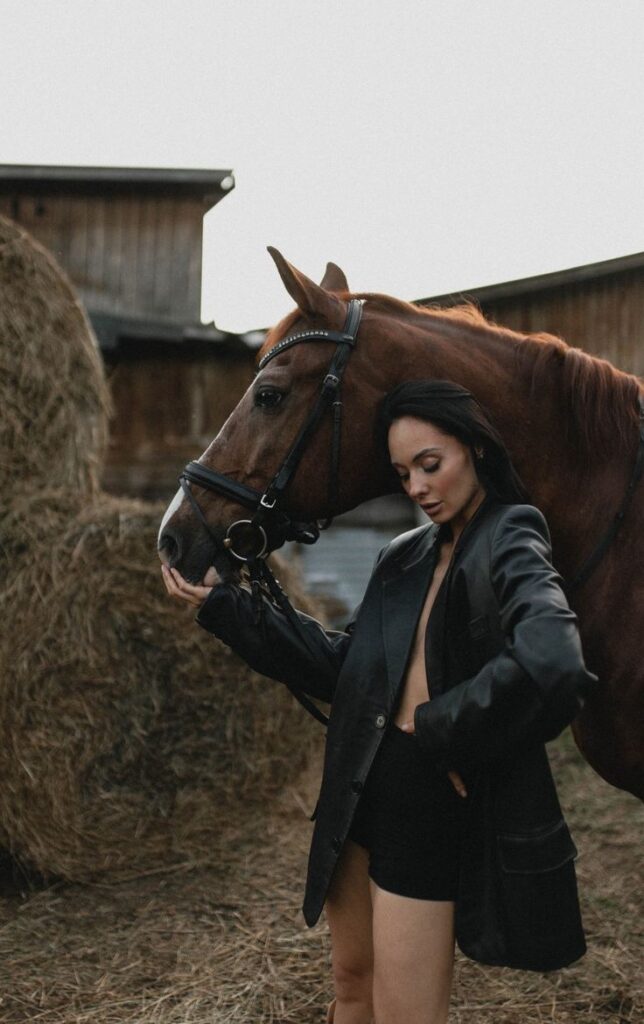
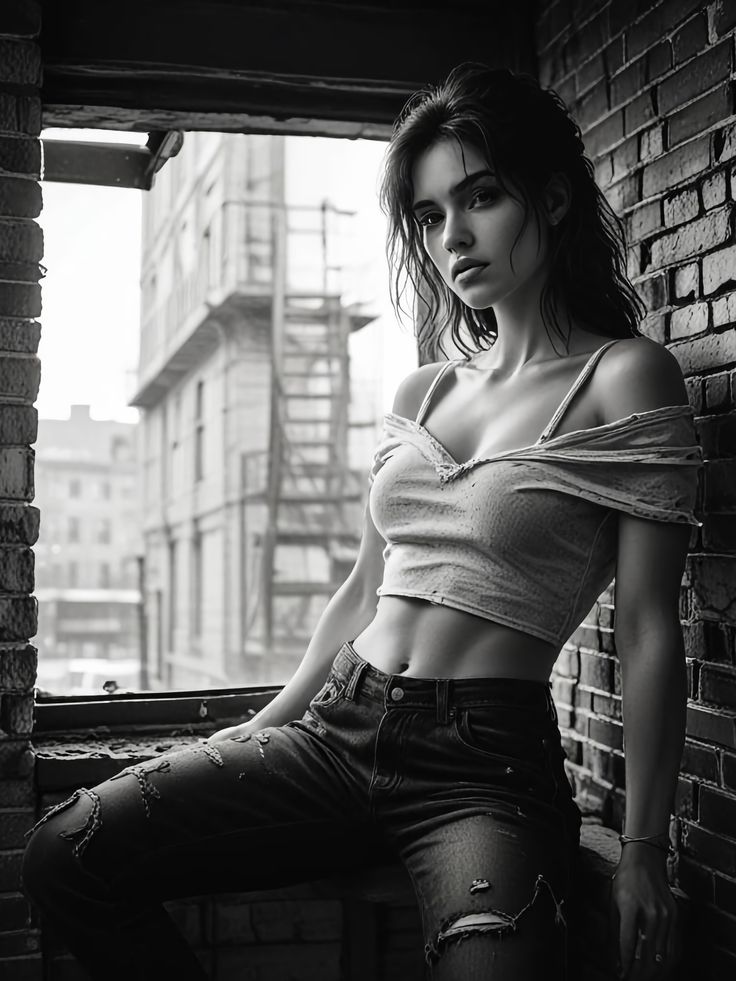
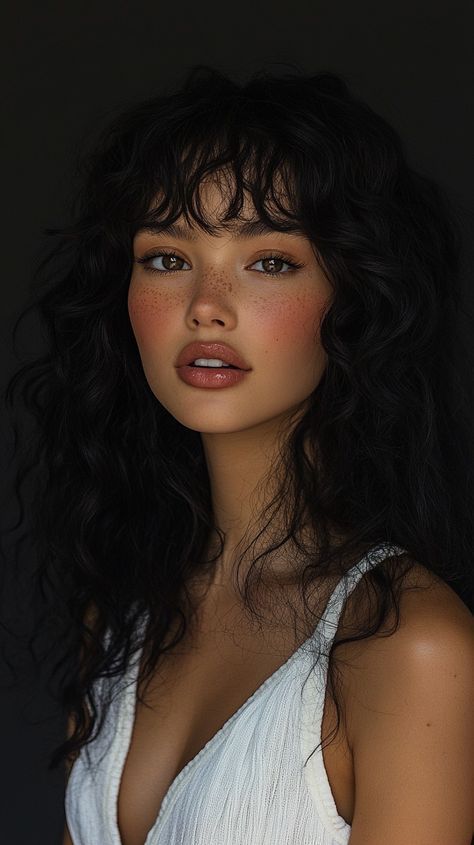
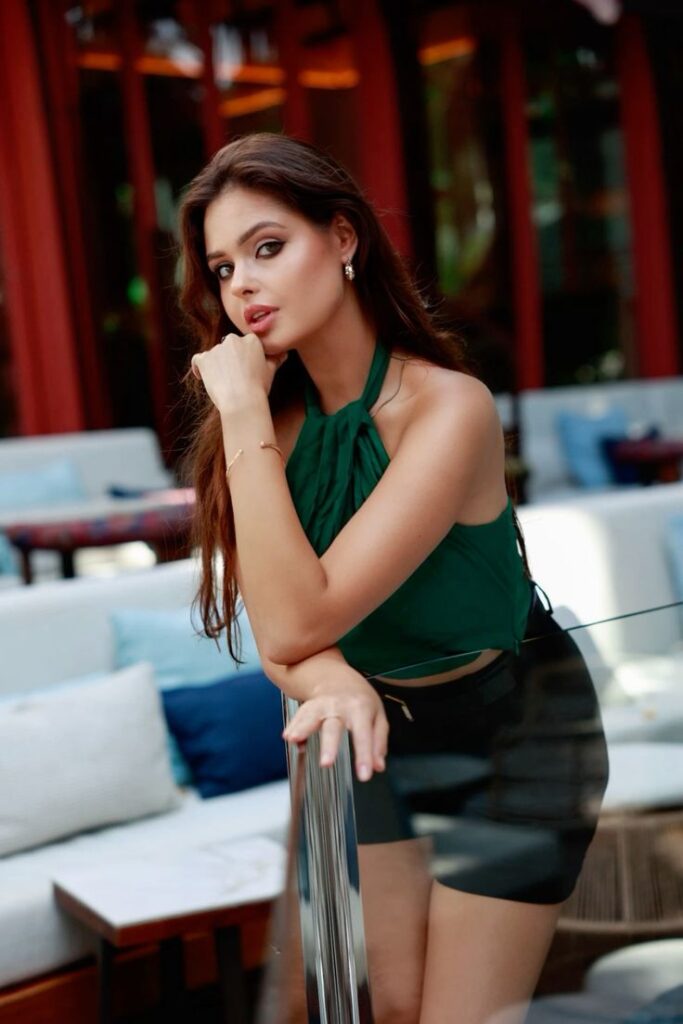
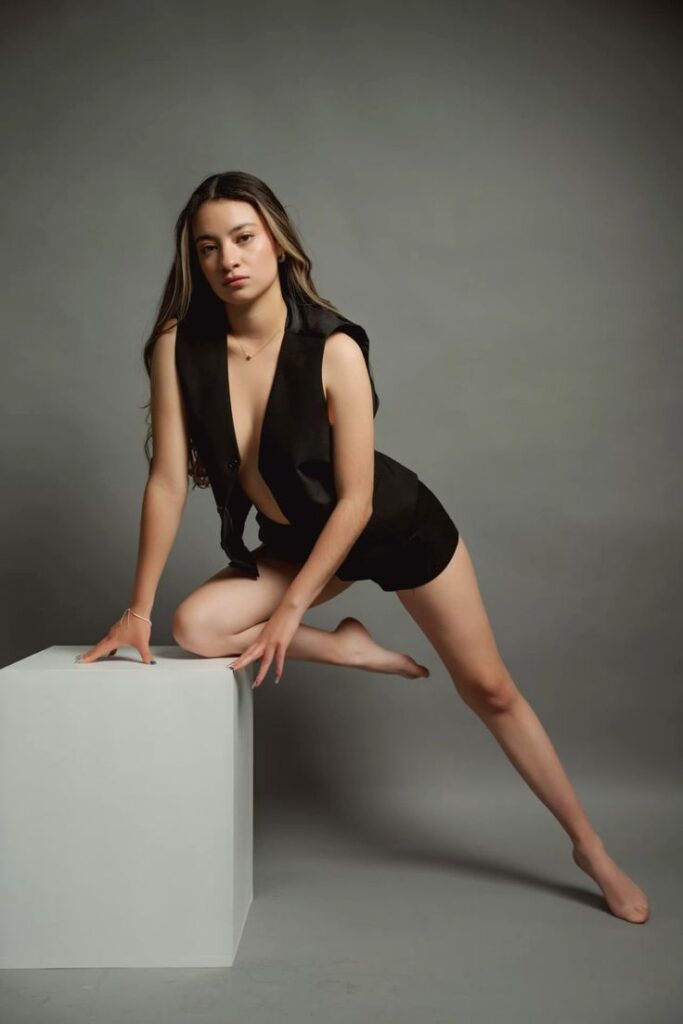
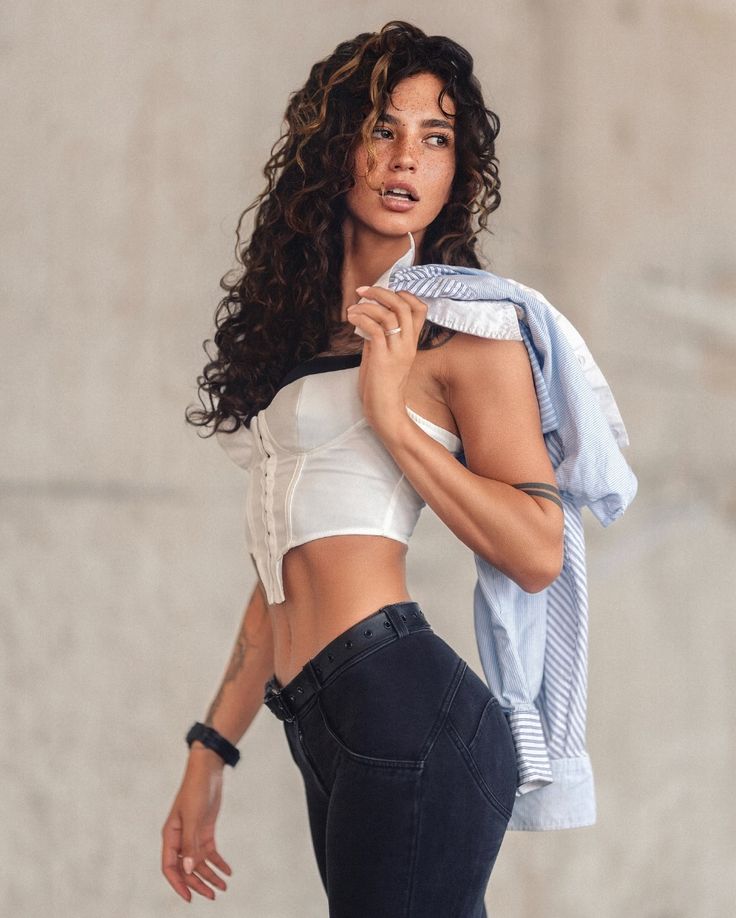
3. Mastering Camera Settings for Portraits
Understanding and controlling your camera settings is essential for capturing professional-quality portraits.
3.1 Aperture: Achieving Depth and Focus
A wide aperture (e.g., f/1.8 or f/2.8) creates a shallow depth of field, blurring the background while keeping the subject in focus. This technique, known as bokeh, emphasizes the subject and adds a pleasing aesthetic to the image.
3.2 Shutter Speed: Freezing Motion
For still portraits, use a shutter speed of at least 1/125 to avoid motion blur. For dynamic shots, adjust accordingly to capture the desired effect.
3.3 ISO: Balancing Light and Noise
Keep the ISO as low as possible to minimize grain in your images. Increase ISO only in low-light situations where you can’t use additional lighting.
4. Lighting: The Key to Stunning Portraits
Lighting shapes your portrait and influences the mood and tone of your image. Learning to manipulate light is crucial for beginners.
4.1 Natural Light
Natural light is versatile and accessible. Use the following tips:
- Golden Hour: Shoot during sunrise or sunset for warm, flattering light.
- Overcast Days: Soft clouds diffuse light, eliminating harsh shadows.
- Window Light: Indoor portraits near windows create soft, directional light.
4.2 Artificial Light
Artificial light offers more control over your images. Experiment with:
- Studio Lights: Softboxes and umbrellas provide even lighting for professional results.
- Off-Camera Flash: Create dramatic effects by controlling the angle and intensity of light.
4.3 Lighting Techniques
- Rembrandt Lighting: A triangle of light on one cheek for depth and mood.
- Butterfly Lighting: Light directly above the subject for a glamorous look.
- Split Lighting: Light on one side of the face for a dramatic effect.
5. Composition: Framing Your Subject
Composition is the foundation of an impactful portrait. Thoughtful framing enhances your subject and guides the viewer’s eye.
5.1 Rule of Thirds
Divide your frame into a 3×3 grid and place the subject along the lines or at the intersections for balanced and visually pleasing compositions.
5.2 Leading Lines
Use lines in the background or foreground to draw attention to your subject. This technique adds depth and dynamism to your portraits.
5.3 Negative Space
Incorporate negative space to emphasize the subject and create a sense of simplicity or solitude.
5.4 Cropping and Angles
Experiment with different angles and cropping techniques to create unique perspectives:
- Eye-level shots for natural compositions.
- Low angles for empowerment and dominance.
- High angles for vulnerability and softness.
6. Capturing Expressions and Emotions
Portrait photography is about more than technical precision—it’s about connecting with your subject to capture authentic emotions.
6.1 Building Trust
Make your subject feel comfortable by engaging in conversation and showing genuine interest in their story.
6.2 Encouraging Natural Expressions
Avoid over-directing your subject. Instead, create scenarios or ask questions that evoke genuine emotions and expressions.
6.3 Capturing the Eyes
The eyes are the most expressive feature in a portrait. Focus on them to convey emotion and establish a connection with the viewer.
7. Post-Processing: Polishing Your Portraits
Editing enhances the mood and impact of your portraits. Use editing tools to refine your images without overdoing it.
7.1 Retouching Basics
- Remove blemishes while preserving natural skin texture.
- Smooth skin subtly to avoid a plastic-like effect.
- Enhance the eyes and lips for added emphasis.
7.2 Adjusting Colors and Tones
- Use color grading to match the mood of the portrait.
- Adjust highlights, shadows, and contrast to add depth and dimension.
7.3 Consistency in Style
Develop a consistent editing style to create a cohesive portfolio that reflects your artistic vision.
8. Tips for Inclusive Portrait Photography
Inclusive photography celebrates diversity and creates a welcoming environment for all subjects.
8.1 Embracing Diversity
Feature individuals from various backgrounds, ages, and identities to create a portfolio that reflects a wide range of stories.
8.2 Respecting Boundaries
Ask for consent before using specific poses, props, or settings that might make your subject uncomfortable.
8.3 Adapting to Needs
Be flexible and accommodating to the needs of your subjects, such as adjusting lighting or poses to highlight their best features.
Conclusion: Start Your Portrait Photography Journey Today
Portrait photography is a rewarding journey that allows you to connect with people and tell their stories. By understanding the fundamentals, experimenting with techniques, and embracing your creativity, you can transform ordinary portraits into extraordinary works of art.
Remember, every portrait is an opportunity to learn, grow, and create something meaningful. So, grab your camera, start practicing, and let your passion for portrait photography shine.

Sony Alpha a7 IV: The Ultimate Camera for Photography

Nikon Z5 Review: Is It Worth It?
-

Nikon Z9 : Game-Changer for Photography
-

Top Features of Nikon D850 That Make It Ideal for Portfolio Shoots
Sony Alpha a7 IV: The Ultimate Camera for Photography
Explore the Sony Alpha a7 IV in this complete 2025 review. Learn how its pro-level features, real-world performance, and hybrid flexibility make it the ultimate camera for photography across genres like portraits, weddings, travel, and commercial work. Table of Contents Section 1: Introduction – Why the Sony Alpha a7 IV Stands Out The Sony Alpha…
Nikon Z5 Review: Is It Worth It?
In 2025, photographers—whether hobbyists, content creators, or professionals—seek equipment that blends value, performance, and future-readiness. Enter the Nikon Z5, a full-frame mirrorless camera marketed as a gateway to high-end imaging without a flagship price tag. But how well does it hold up under real-world demands like studio shoots, weddings, landscape adventures, and lifestyle photography? In…
Nikon Z9 : Game-Changer for Photography
Discover why the Nikon Z9 is considered a true game-changer for photography. This in-depth Nikon Z9 review explores key features, real-world performance, and how it excels in professional photo shoots in 2025. Table of Contents 1. Introduction The photography world witnessed a significant shift with the launch of the Nikon Z9, a flagship mirrorless camera…
Top Features of Nikon D850 That Make It Ideal for Portfolio Shoots
Discover why the Nikon D850 is the ultimate DSLR for portfolio shoots. Explore its top features—from resolution and dynamic range to autofocus precision and workflow speed—that help photographers create stunning, high-impact images for professional portfolios. Whether you’re a portrait artist, fashion photographer, or visual storyteller, a portfolio shoot demands technical excellence, creative flexibility, and uncompromised…
Candid Moments with Canon EOS R10: Lightweight & Reliable
In the evolving world of mirrorless photography, the Canon EOS R10 stands out as a lightweight yet powerful camera tailored for real-life storytelling. Whether you’re photographing street scenes, family gatherings, weddings, or spontaneous portraits, capturing genuine emotion requires a responsive and discreet tool. This article dives deep into how the Canon EOS R10 excels in…
Bold Portraits with Canon EOS R5: Is It the Best for Work?
Studio photography has always demanded precision, artistry, and impeccable gear. As the expectations for commercial portraits, fashion campaigns, and editorial work continue to rise, the tools we use must evolve. Enter the Canon EOS R5, a camera that has stirred the professional waters with its impressive technical specs and forward-thinking design. In this comprehensive Canon…

